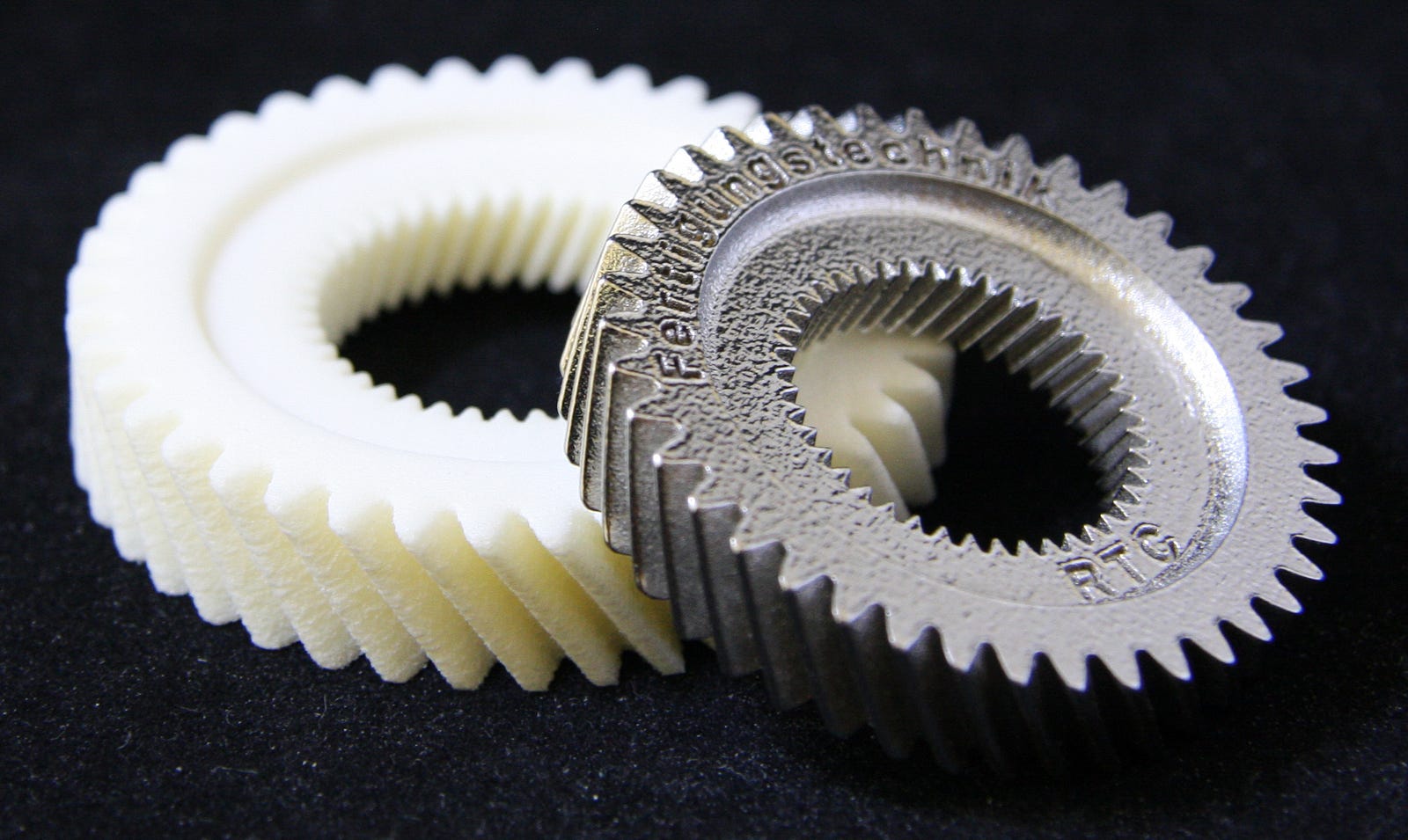Are Engineers Happy

In the state of tamilnadu, A total of 20.8 lakh applicants have been granted to VAOs of the 9th standard of the Class XII, with the graduate students and graduates of the field.
The statement issued by Ramadoss:
A total of 20.83 lakh applicants for the 9351 vacancies in the fourth group (GROUP 4), including the Village Administrative Officer (VAO), run by Tamilnadu Government Employee Commissioner, While such young people have been enthusiastic about the need to join the state jobs, how would you have applied for so many lakhs if unemployed? The question is
In the state of tamilnadu, A total of 20.8 lakh applicants have been granted to VAOs of the 9th standard of the Class XII, with the graduate students and graduates of the field.
The statement issued by Ramadoss:
A total of 20.83 lakh applicants for the 9351 vacancies in the fourth group (GROUP 4), including the Village Administrative Officer (VAO), run by Tamilnadu Government Employee Commissioner, While such young people have been enthusiastic about the need to join the state jobs, how would you have applied for so many lakhs if unemployed? The question is
According to the Hindustan Times report, an exam for the for the Grade-D government post, a test for 30 posts of peons in the Directorate of Economics and Statistics of the Chhattisgarh government was to take place on August 30. But the exam was cancelled off when the officials received a massive number of around 75,000 applicants. The officials conducting the examinations found themselves not prepared to cater to this big number and cancelled the exam. Later, they officially announced that the examinations will not be held at all.

This complete bizarre episode has once again brought up the worsening condition of employment issues of our country. The officials claimed that among many applicants, there were individuals who were engineers.
The statistics highlight that around 15-20 lakh students pass out every year with engineering degrees but a small percentage of them manage to find themselves a job. It is high time, we get the basics right – be it in the much required awareness on career choices right from the beginning or following the advanced levels of teaching, in which the importance of practical goes beyond the theory
Engineering degree is said to be more than one lakh.
The number of graduates, postgraduates, and attorneys will be more than one lakh and the number of university graduates is less than 5 lakh. How unemployment in Tamil Nadu is facing













